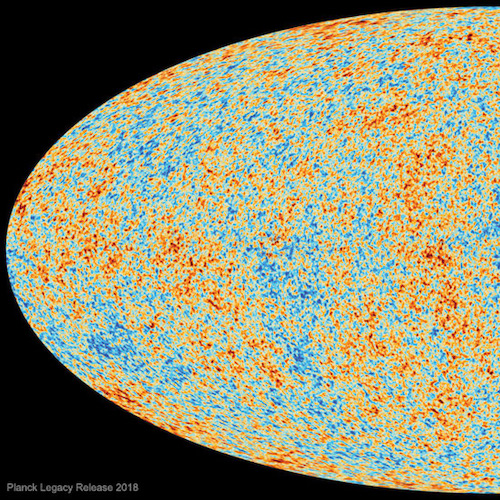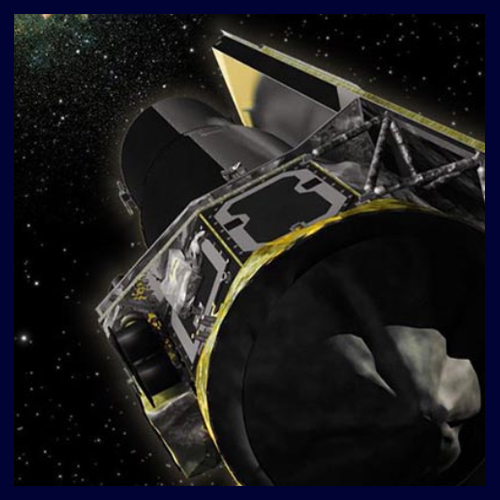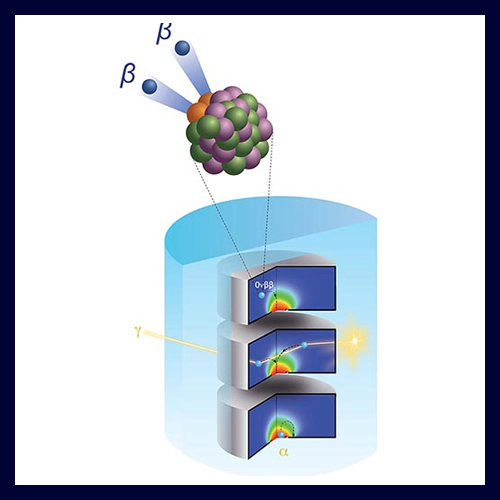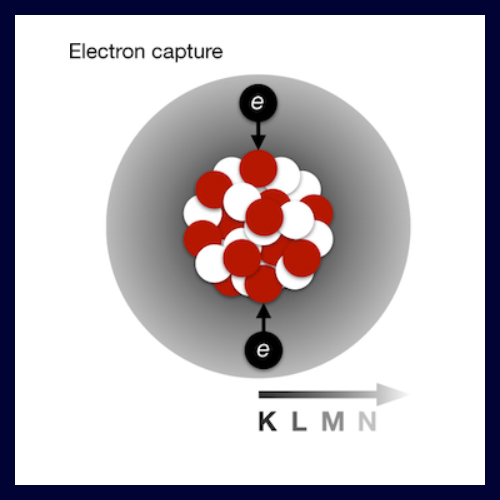Popular Science Articles

What Could Explain the Gallium Anomaly?
Jonathan O’Callaghan. 12 July 2024
Physicists have ruled out a mundane explanation for the strange findings of an old Soviet experiment, leaving open the possibility that the results point to a new fundamental particle…

Tiny Quantum Ghosts Might Be Creating Brand-New Elements
Darren Orf. 2 July 2024
These hidden forces may reshape our approach to particle physics…
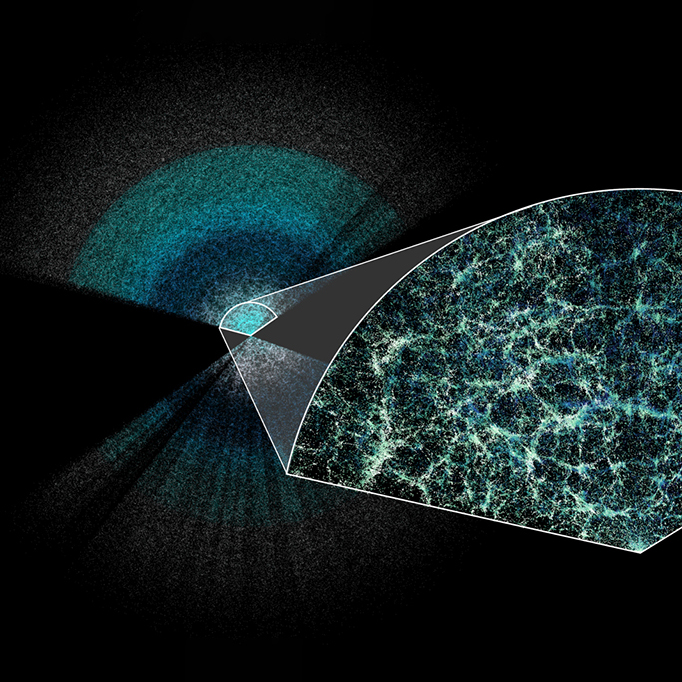
First Results from DESI Make the Most Precise Measurement of Our Expanding Universe
Lauren Biron. 4 April 2024
Researchers have used the Dark Energy Spectroscopic Instrument to make the largest 3D map of our universe and world-leading measurements of dark energy, the mysterious cause of its accelerating expansion…
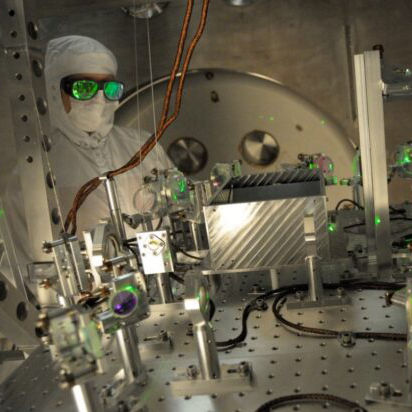
LIGO starts its fourth round of searching for gravitational waves and black holes
Alan Boyle. 24 May 2023
After three years of upgrading and waiting, due in part to the coronavirus pandemic, the Laser Interferometer Gravitational-wave Observatory has officially resumed its hunt for the signatures of crashing black holes and neutron stars…
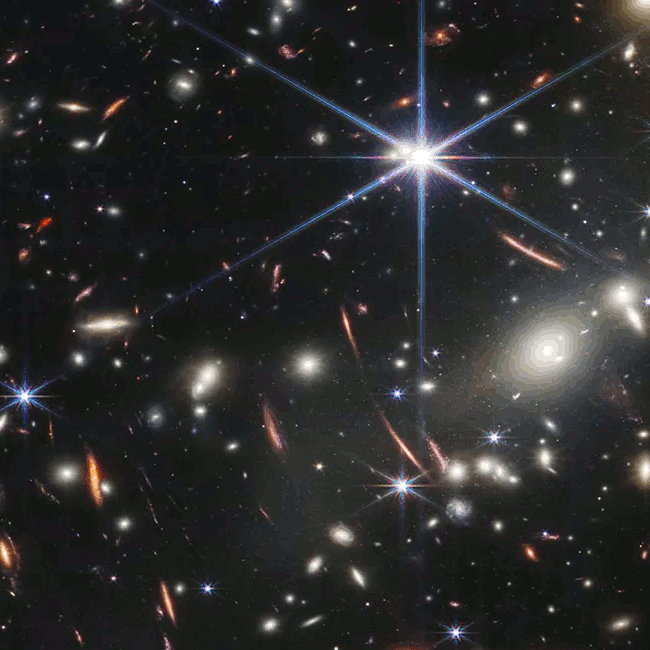
Here are the James Webb Space Telescope’s stunning first pictures
Lisa Grossman. 11 July 2022
We’ve now seen farther, deeper and more clearly into space than ever before. A stellar birthplace, a nebula surrounding a dying star, a group of closely interacting galaxies, the first spectrum of an exoplanet’s light. These are some of the first images from the James Webb Space Telescope…
Big Space: Our cosmic horizon is both unreachable and closer than ever
Katie Mack. 31 July 2020
Space, as they say, is big. In The Hitchhiker’s Guide to the Galaxy (1979), Douglas Adams elaborates: ‘You may think it’s a long way down the road to the chemist, but that’s just peanuts to space.’ It’s hard to convey in everyday terms the enormity of the cosmos…
Synthesizing the heaviest elements in space
Charles Day. 31 October 2019
On 17 August 2017 the LIGO and Virgo detectors observed the gravitational waves emitted by two neutron stars as they spiraled into each other and merged. Seventy observatories promptly trained their instruments on the event, dubbed GW170817, to look for an afterglow…
Lower limit on the half-life of neutrinoless double-beta decay
Heather Hill. 15 October 2019
The standard model of particle physics says neutrinos should be massless, but experiments have shown that they have a small but nonzero mass—the subject of the 2015 Nobel Prize in Physics. Several methods…
Neutron-rich magnesium has unexpected transitions
Christine Middleton. 25 February 2019
Light, stable nuclei typically contain approximately the same number of protons and neutrons. Although isotopes can be generated that stray far from that balance, there is a limit, known as the drip line…
A decay with an extraordinary half-life
Andrew Giant. 25 February 2019
Dark-matter detectors are designed to pick out electroweak interactions that occur extremely rarely. Besides seeking to identify what most of the universe is made of, the detectors can also probe exotic weak-force…

